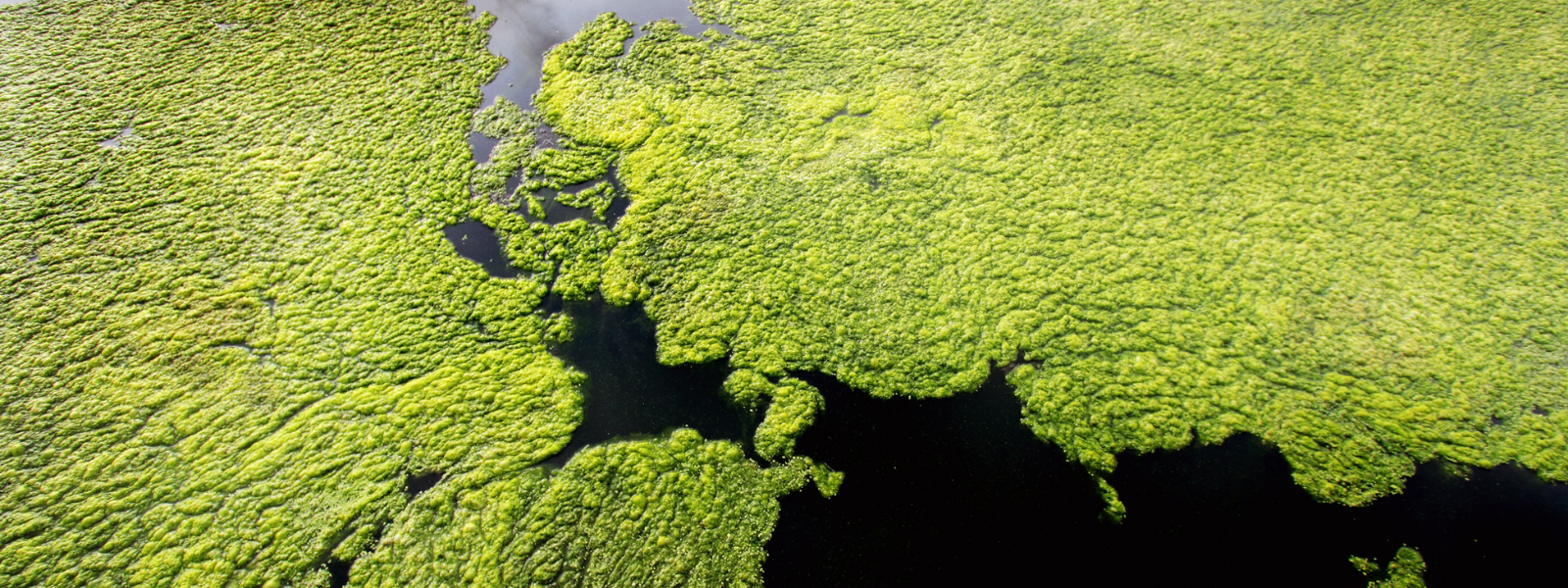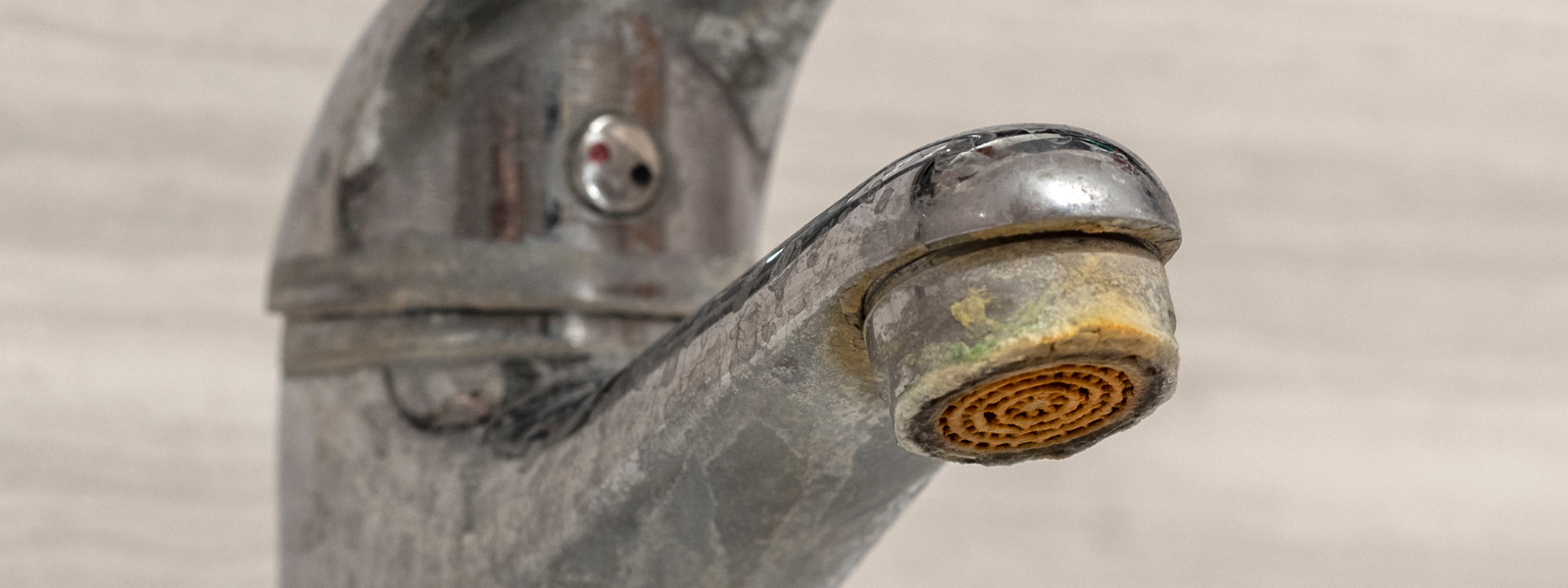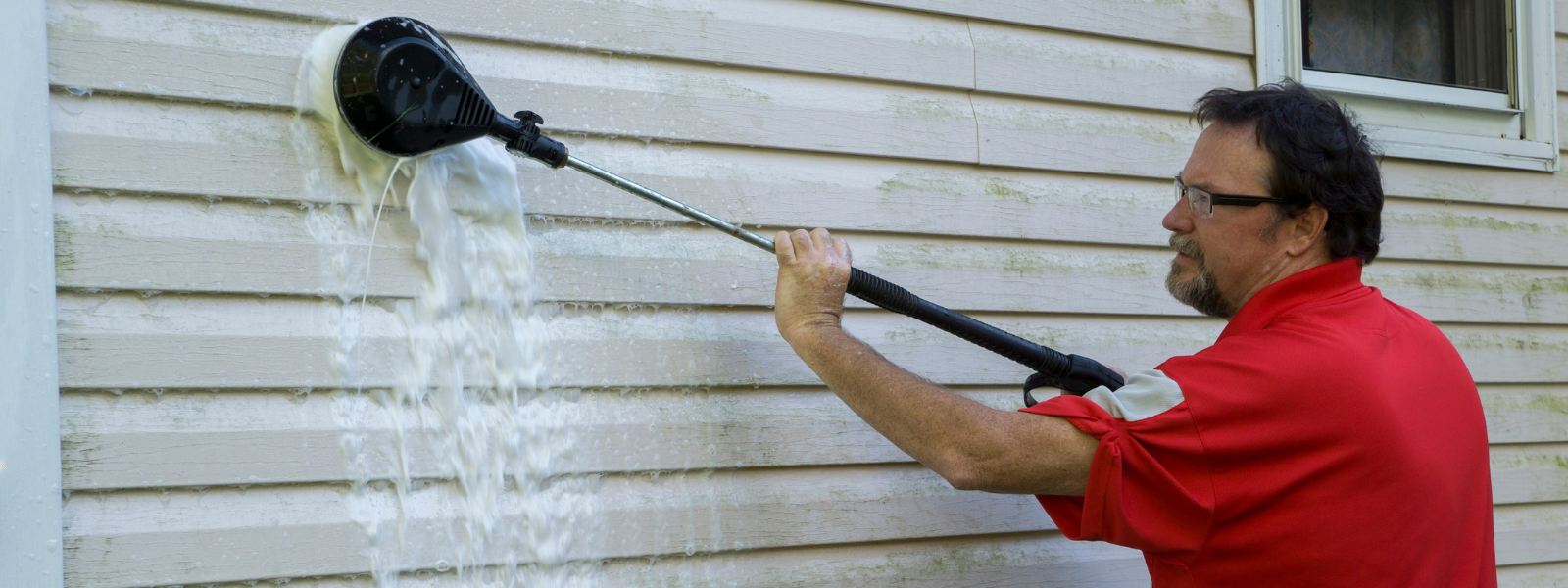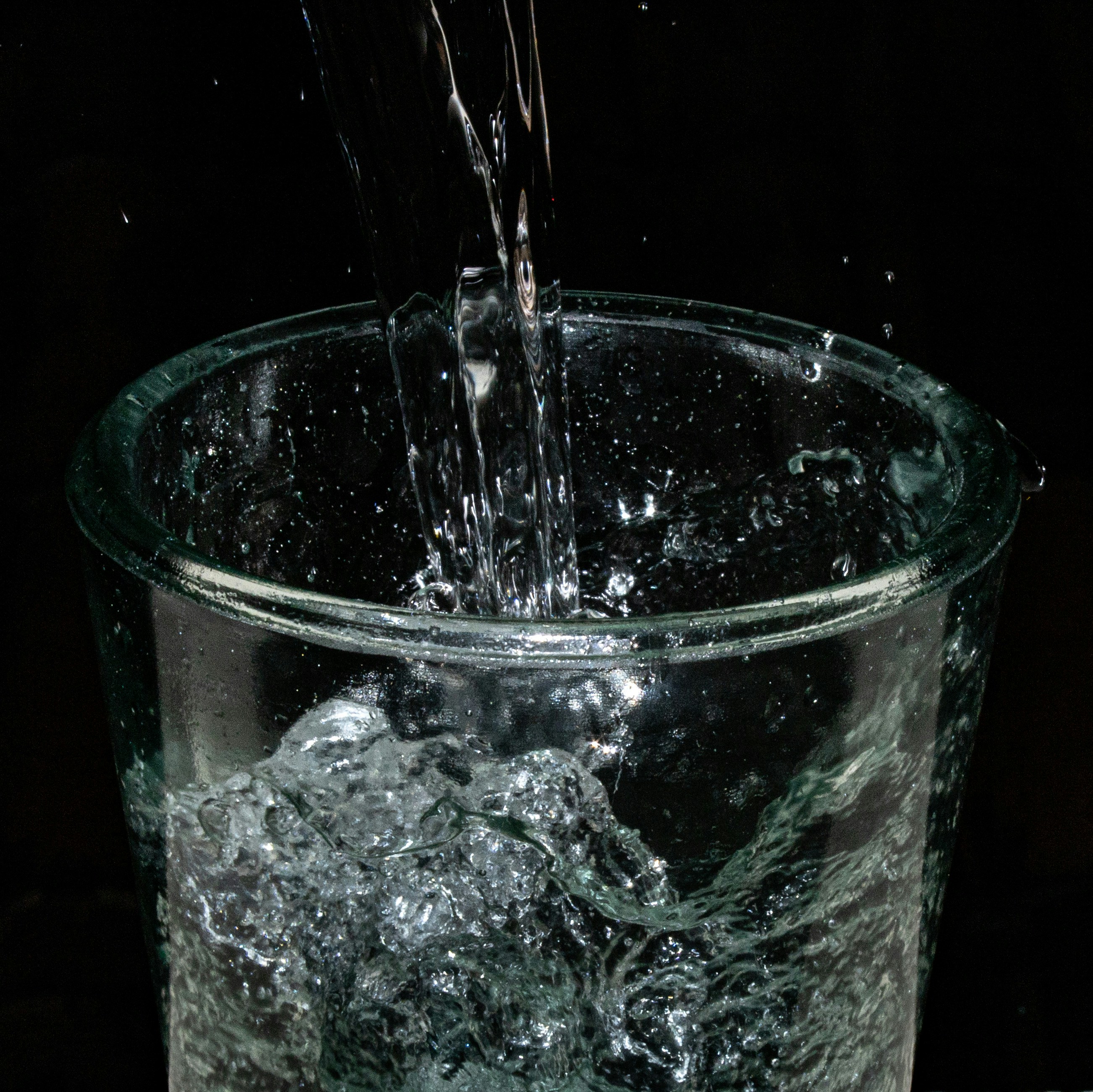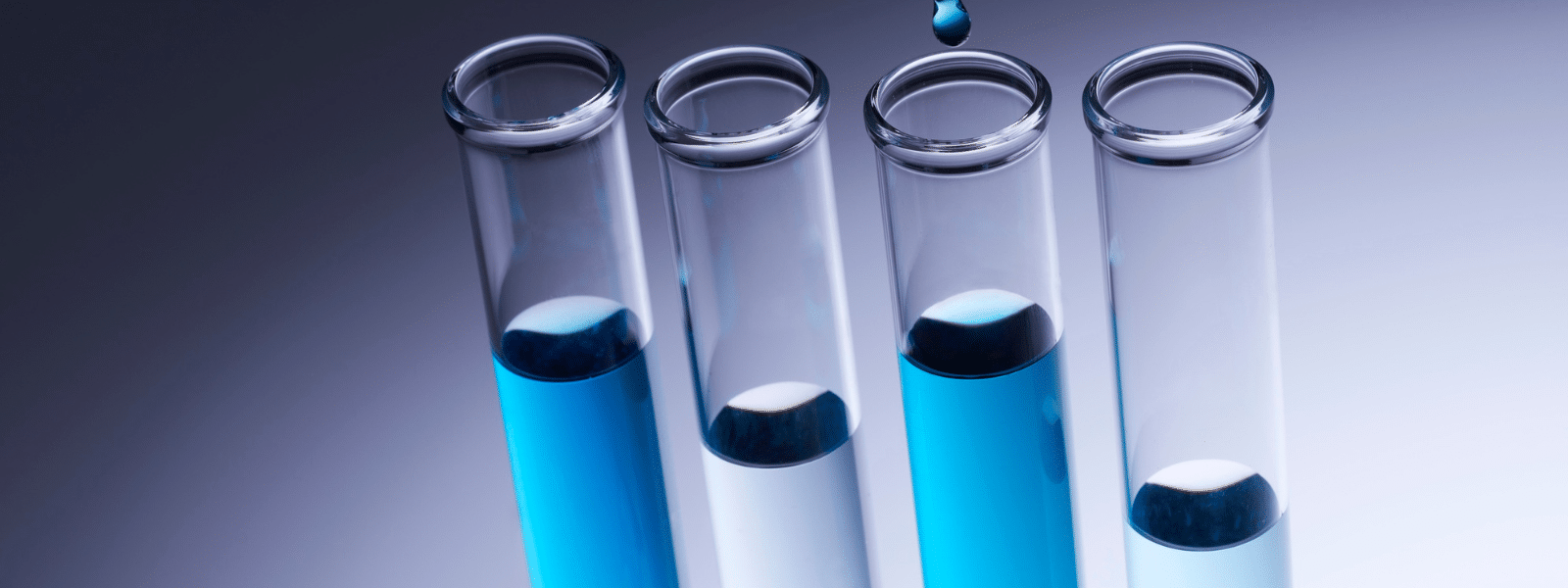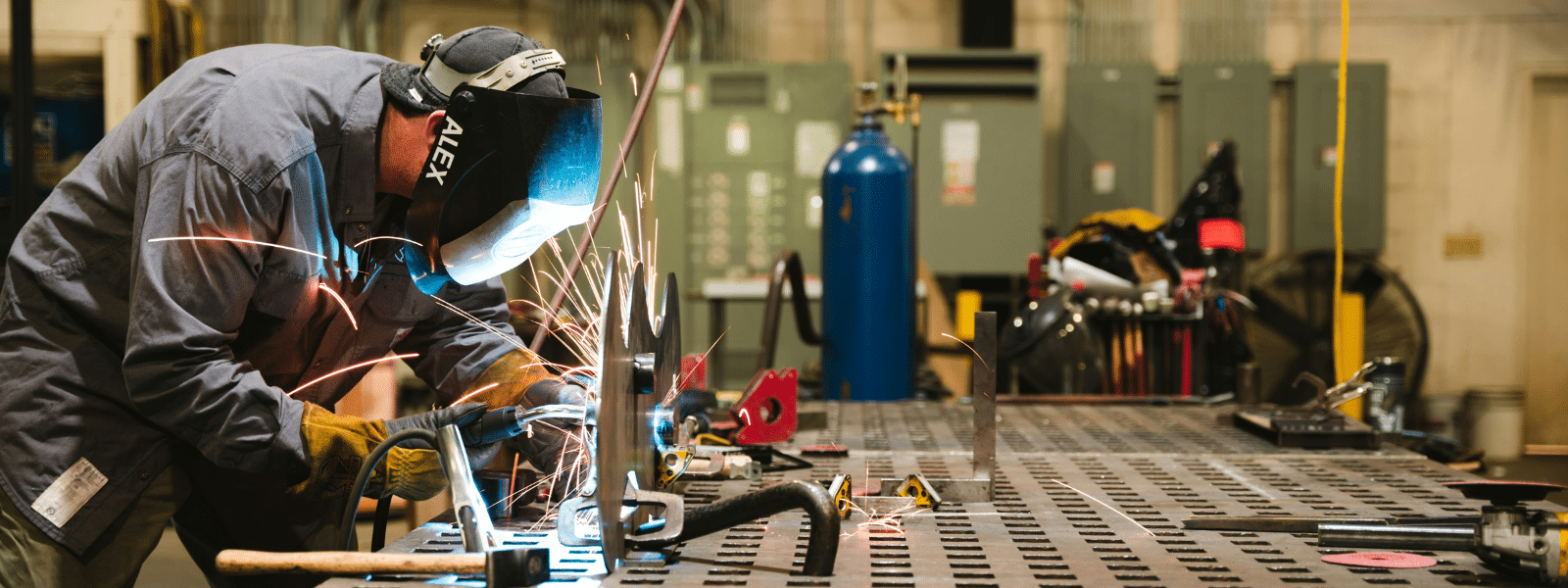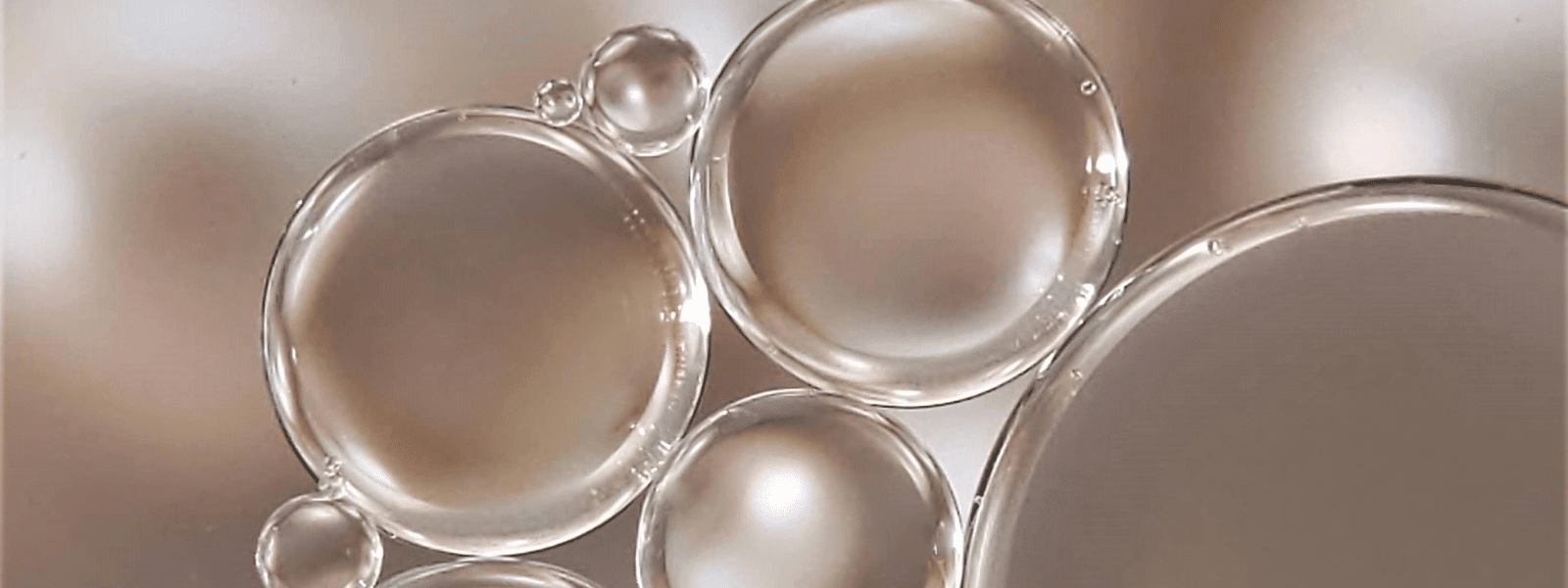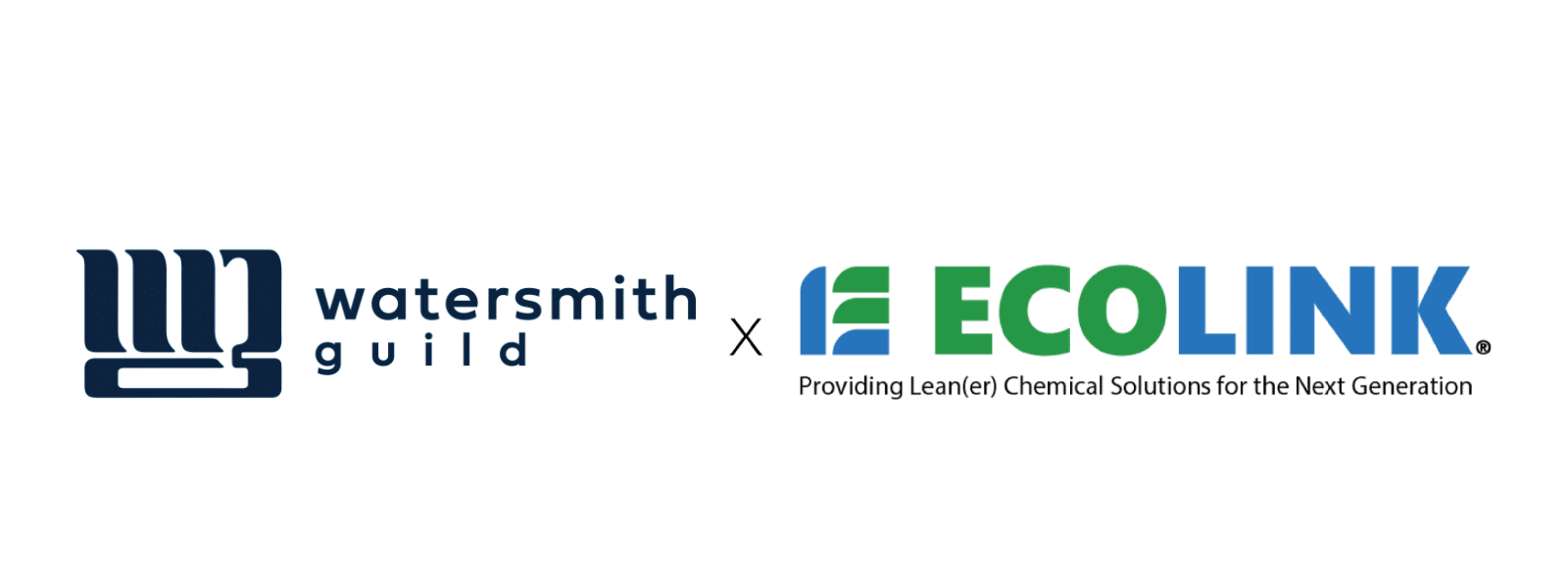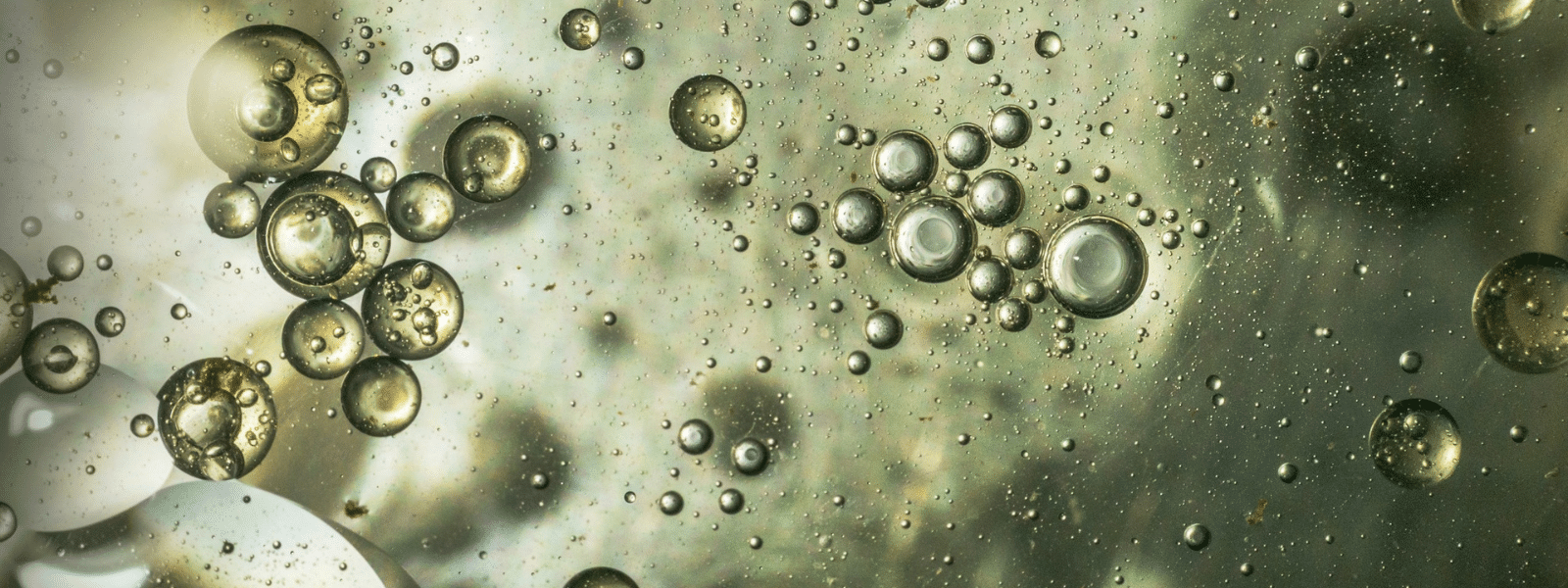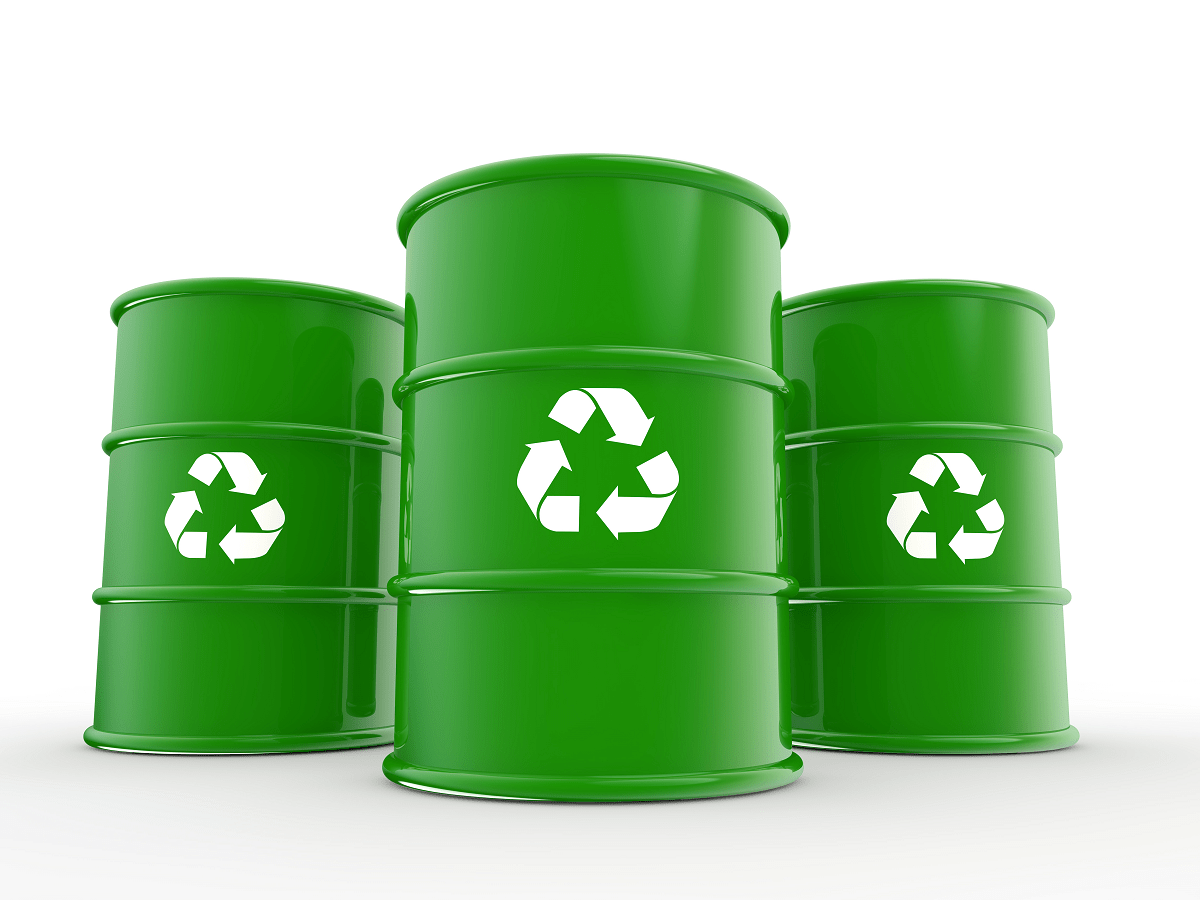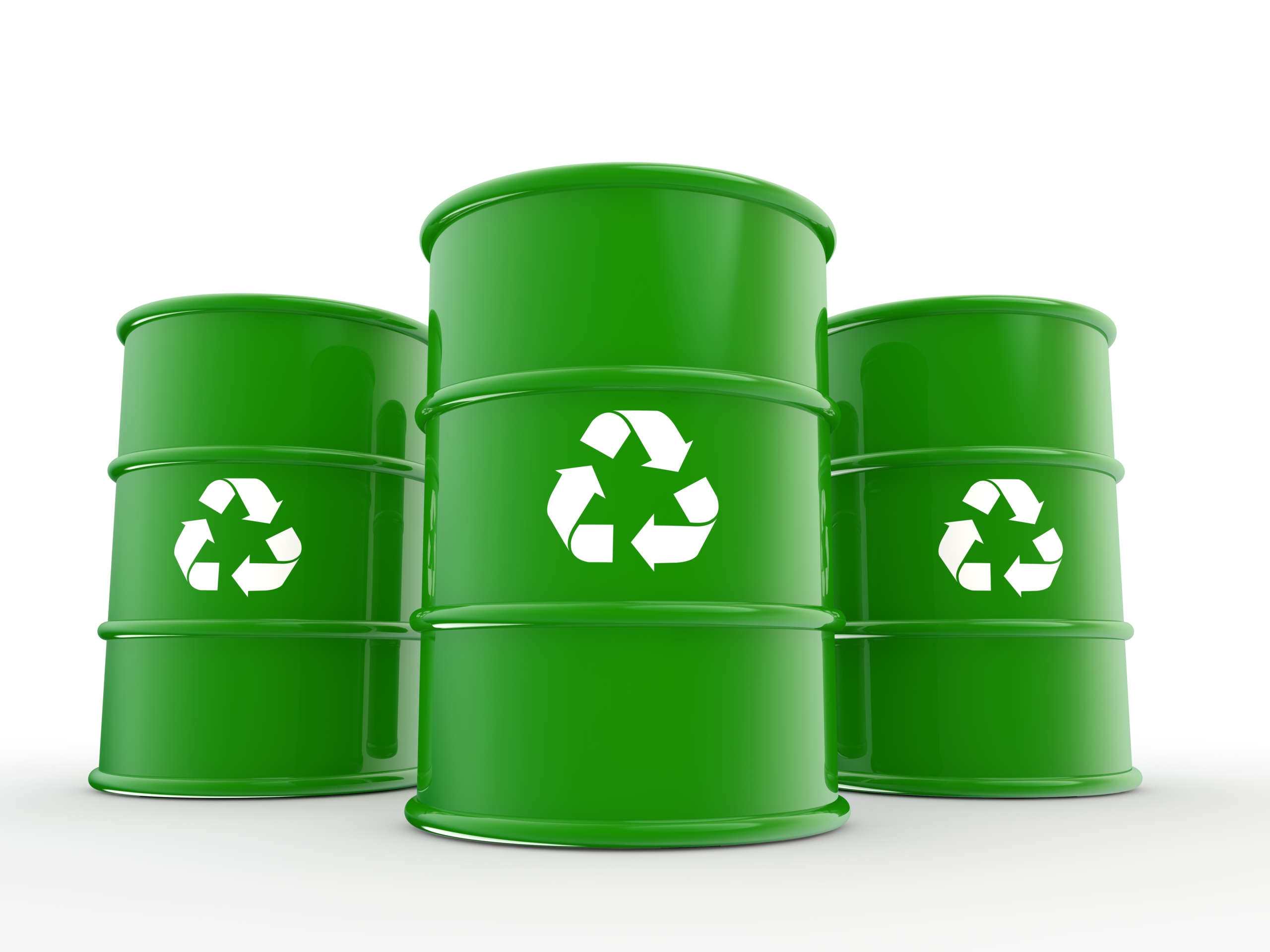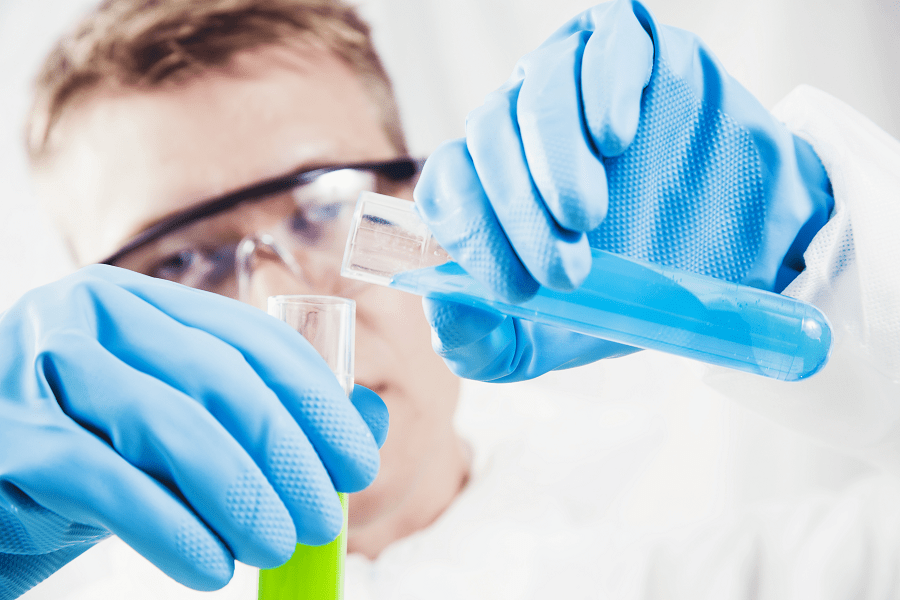Every industry requires cleaning solutions, and the military is no exception. From day-to-day facility maintenance to cleaning large aircrafts, a...
Blog


CHEMICAL INDUSTRY NEWS
Chemical Chat – Discover What’s New!
Anti-Algae Chemicals: Preventing Algae Growth
Water is an element not only essential for life but also for the effectiveness of various industries. When utilized for any application or product,...
Chemicals for Water Softening: Enhancing Water Quality and Treatment
Having hard water can be a difficulty for any industry, no matter its success or what they produces. The build-up of minerals over time can...
Algaecide: Controlling Algae in Various Settings
Algae growing in surplus can be harmful to industries and those that they market towards. Excess growth of this...
Anti-Algae Chemicals: Preventing Algae Growth
Water is an element not only essential for life but also for the effectiveness of various industries. When utilized...
Company News

Managed Services
Discover the Latest in Safe and Sustainable Chemical Solutions
Stay informed with Ecolink’s blog! Subscribe now
Chemical Management Information
Stay updated with us
Sign Up for the Latest Updates
Stay informed about chemical supply chain disruptions and emerging innovations to keep your business at the forefront of efficiency and innovation. Uncover new ways to make your business practices more sustainable by incorporating safer products into your cleaning lineup.




